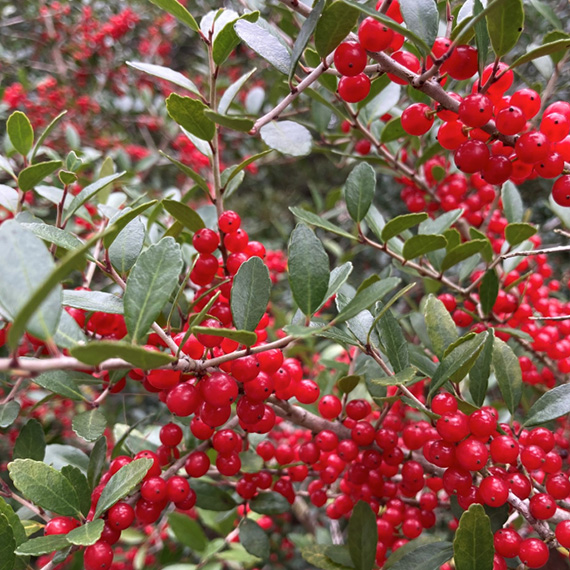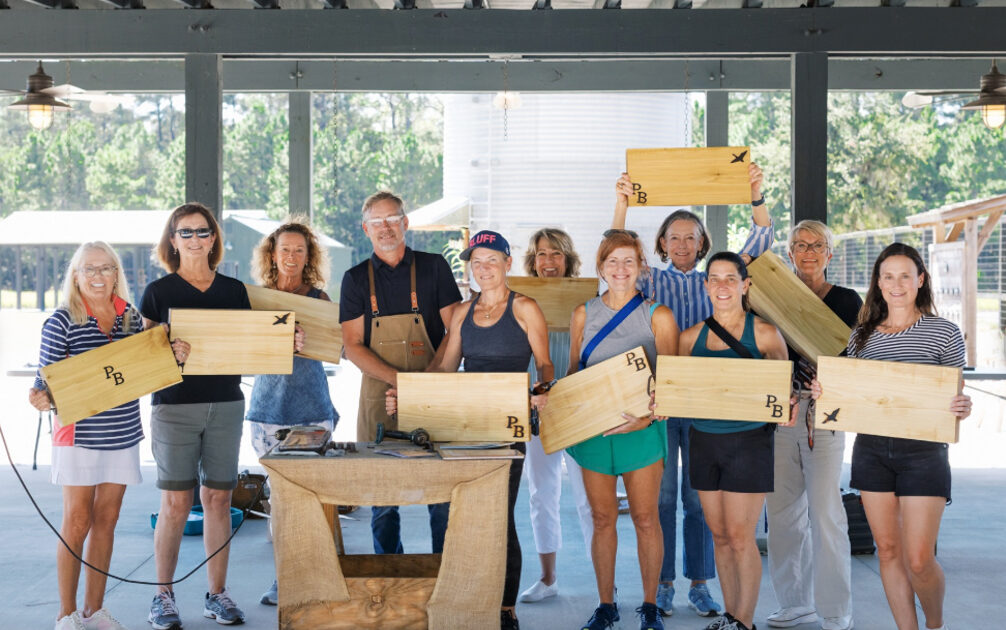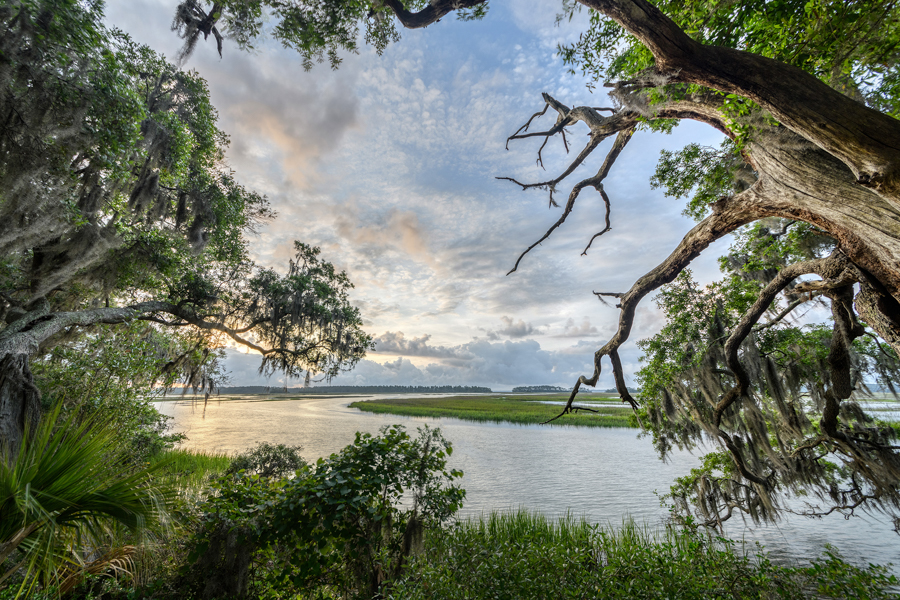Palmetto Bluff Real Estate Company Sales Office
Office Hours
Monday-Friday 9am - 5pm
Saturday 9am - 4pm
Sunday 12 - 4pm
Saturday 9am - 4pm
Sunday 12 - 4pm
Bird watching in January was fairly active compared to the unusually quiet December we experienced in 2020. Carolina chickadees, northern cardinals, and a variety of year-round species were observed this month.
Common seasonal residents included large flocks of double-crested cormorants at the lagoons, spotted sandpipers bobbing along the banks of Lake Bales, and lively yellow-rumped warblers darting through the wax myrtles.
Uncommon, but expected, visitors consisted of black-and-white warblers in River Road Preserve, American goldfinches around Moreland, and common loons spotted out on Corley’s Creek.
Lastly, and to much of our excitement, rare sightings involved a dazzling Baltimore oriole which frequented the Conservancy’s bird feeders, while an out-of-season painted bunting made an appearance around Moreland village.

Moving into February, we can expect activity to begin picking up with the spring migration arriving in March. Shorebirds will begin migrating in February, but many songbirds use this month to bulk up in preparation for their journey north.
American robins, cedar waxwings, and hermit thrushes may be seen eating the remaining berries from holly and cedar trees. White-eyed vireos and other resident species may begin singing to establish territories, and as we near the end of the month we should see the males of some species begin developing their breeding plumage for the nesting season.
Uncommon species to look out for this month include loggerhead shrikes prowling the open fields around Moreland and Cooper’s hawks may be more noticeable as they chase the more active songbirds.

For people looking to get involved in bird watching, February is the month of the Great Backyard Bird Count. This international citizen science project was initiated by Cornell Lab of Ornithology and the National Audubon Society and will run from Friday, February 12th to Monday, February 15th. Participation only requires downloading the eBird app and submitting your bird sightings during these dates.
As we move through February, you may observe some of the birds mentioned above or listed on the February checklist below. If you see or photograph something you wish to share, you can submit your sightings to Aaron Palmieri at apalmieri@pbconservancy.org and they may appear in next month’s update.


Warm, fragrant, and deeply comforting, Chef Beth’s Southern Sausage & Sage Stuffing is a holiday classic that brings together rich pork sausage, fresh herbs, and toasted bread for the ultimate savory side dish. Studded with green apples and aromatic vegeta...

As December settles over Palmetto Bluff, it brings softer light, cooler mornings, and the natural beauty of native evergreens and winter berries that define the Lowcountry landscape. Palmetto Bluff Conservancy’s Education and Outreach Manager, Aaron Palmier...

In 2025, Palmetto Bluff welcomed new neighbors and old friends, groundbreakings, and long-awaited openings. From inspired Club gatherings and elevated programming to the creation of our latest golf course, the year was defined by connection and excitement for ...

There is something serene about waking up to shimmering water, the stillness of the woods, or the sweep of marsh and sky right outside your window. Even without stepping outside, science shows that simply seeing nature from home can meaningfully improve mental...

The Ultimate Choice: Building vs Buying a Home in Palmetto Bluff For those searching for Palmetto Bluff homes for sale, this common question often arises: Should you choose an existing residence, or embrace the opportunity to build your own? While a complet...

A Complete Guide to South Carolina Winter at Palmetto Bluff South Carolina's winter is unlike any other on the East Coast. While many travelers search for “South Carolina winter” expecting cooler temperatures and limited outdoor options, the Lowcountry revea...

River Road: Where Lowcountry Beauty Meets Elevated Everyday Living Tucked gracefully between Wilson Village and Moreland Village, River Road is one of Palmetto Bluff’s most immersive communities. It's where the pace of life seems to soften, classic Southern ...

Sunday, December 14 | 9am to 1pmVillage GreenThe season’s most festive farmers market, the Holiday Farmers Market, comes to Wilson Village on Sunday, December 14, from 9am to 1pm. All are welcome to visit and experience the magic of holidays at the Bluff. The ...

Tucked amid whispering pines and overlooking a tranquil water trail, 11 Lyonia Street is where Lowcountry charm meets modern artistry. The newly built residence redefines Southern living with a balance of craftsmanship and calm. This is a home that feels both ...

The holiday season in the Lowcountry brings crisp air, oaks draped in twinkling lights, and laughter drifting from homes where families and friends gather once again. At Palmetto Bluff, the holidays are more than just a season; they’re a feeling of togethernes...
Learn about the Palmetto Bluff Conservancy and how we keep the vision of our land in place.
On land or water, there is an ever-evolving variety of activities.
We do not attempt to independently verify the currency, completeness, accuracy or authenticity of the data contained herein. All area measurements and calculations are approximate and should be independently verified. Data may be subject to transcription and transmission errors. Accordingly, the data is provided on an “as is” “as available” basis only and may not reflect all real estate activity in the market”. © [2023] REsides, Inc. All rights reserved. Certain information contained herein is derived from information, which is the licensed property of, and copyrighted by, REsides, Inc.